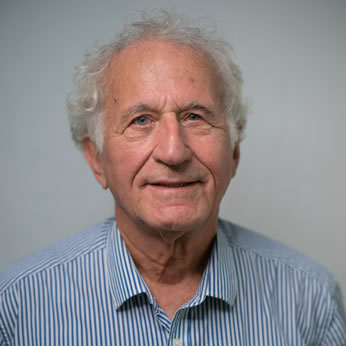Theoretical and Computational Chemistry
Apeloig’s group employs state of the art ab initio and DFT methods to gain insight and understanding of the properties and reactions of novel organosilicon and organometallic compounds, mainly those synthesized by the group, as well as for predicting the chemo-physical properties of a variety of organic compounds. Using computations the group investigates structure, nature of bonding, spectroscopic properties e.g., UV, NMR, EPR and reaction mechanisms of novel compounds which have unique and unprecedented properties. Most of the group members carry out both experimental and theoretical research and many of the research projects involve collaborations with other groups around the world.
Computational Chemistry is an indispensible tool used by the group of Zeev Gross for elucidating the following aspects: a) parameters affecting the unique physical and chemical properties of metallocorrole derivatives; b) the reaction mechanisms for selective substitution on the macrocycle; and c) variables determining catalytic efficacy and selectivity. The theoretical results are not only used for gaining better insight into the experimental evidence, but also for guiding the design of better performing catalysts.
The Stanger group research focuses on the development and application of methods for calculating the induced ring currents in cyclically conjugated systems. This allows quantifying aromaticity and antiaromaticity, properties that are directly related to the chemical and physical properties of such systems.
Statistical thermodynamics
Statistical mechanics employs probabilistic concepts in order to derive simple laws describing complicated systems. This approach has proved extremely successful for systems in thermal equilibrium, but many questions remain open for out-of-equilibrium systems. The study of systems far from equilibrium has seen a recent revival. Technological advancements allow us to observe single molecules, manipulate them, and possibly operate them as machines. In addition, our theoretical understanding of out of equilibrium systems has advanced due to the discovery of fluctuation relations. These relations compare the probabilities of rare events related by time reversal, and connect them to quantities such as heat and work. Most importantly, these relations hold for systems driven arbitrarily far away from equilibrium.
Nano and molecular electronics









